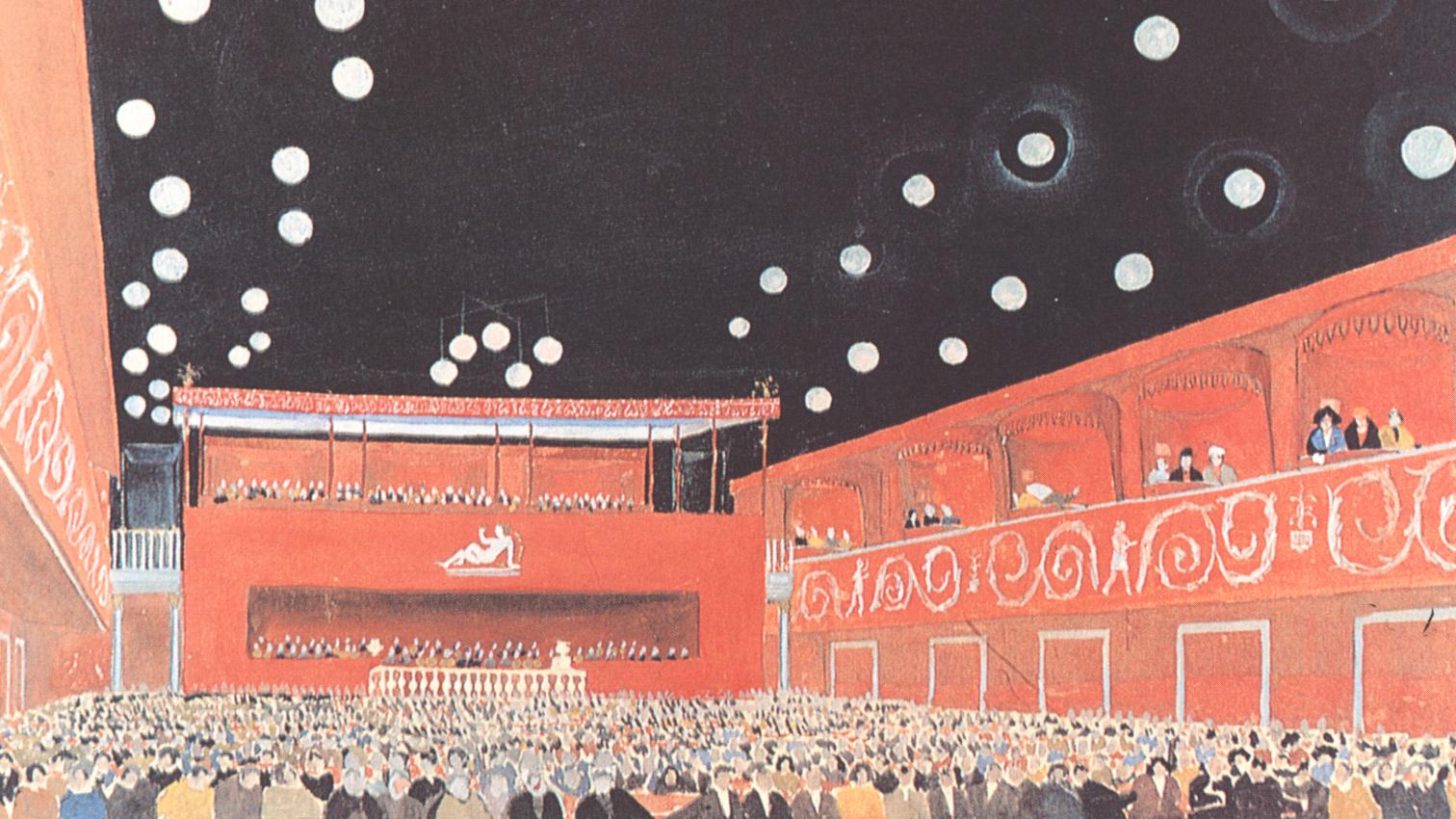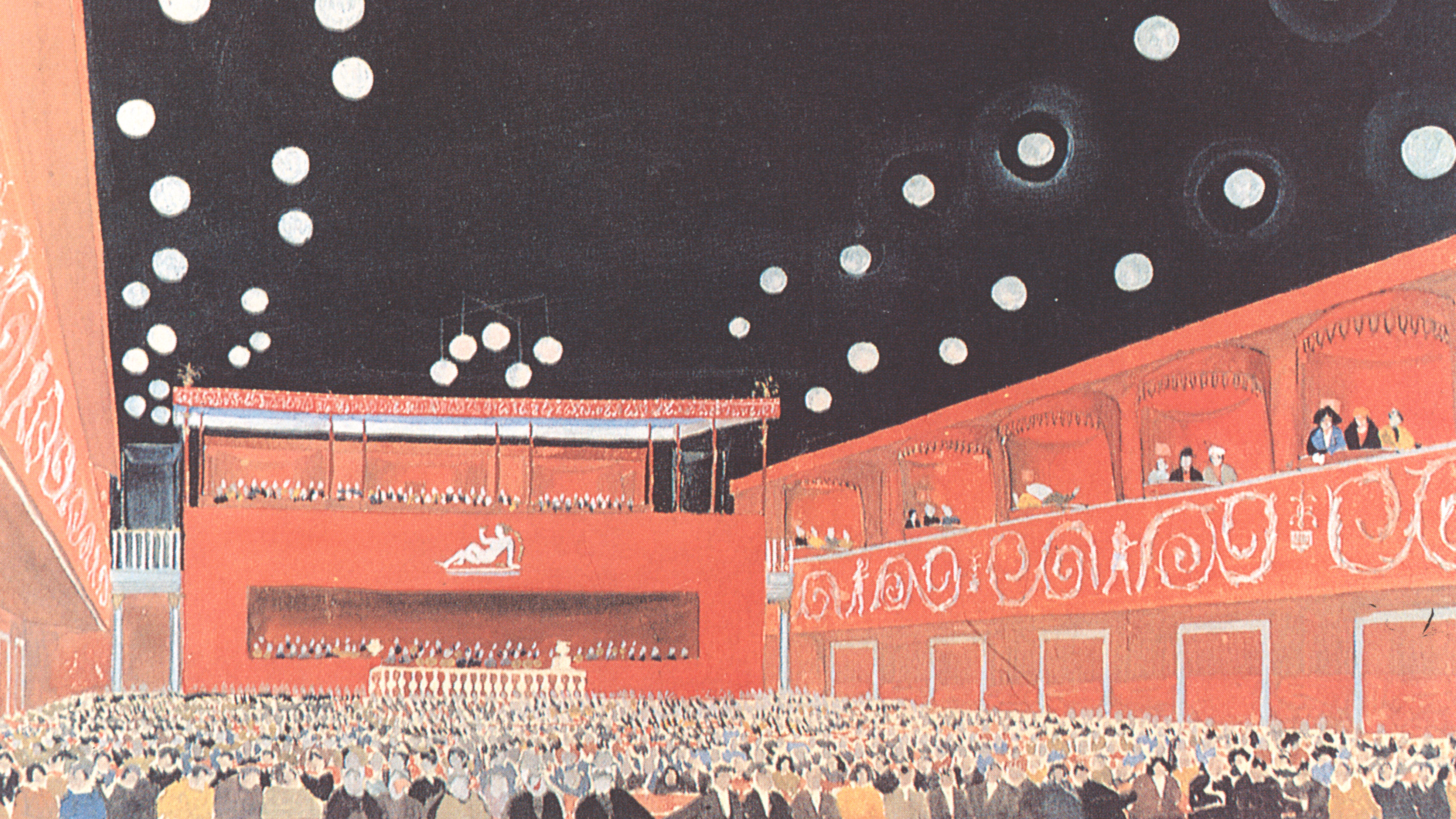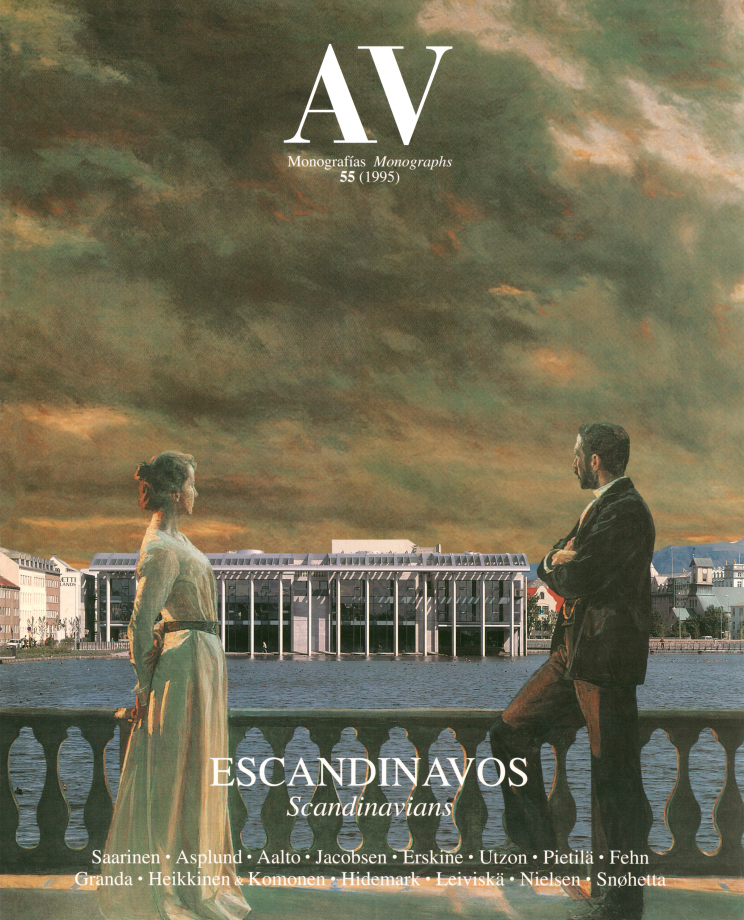
Erik Gunnar Asplund, Cine Skandia, Estocolmo, 1922-1923
Nordic architecture does not seem to have existed before the 20th century for the rest of the world. But in the era of modern revolution it became a universally admired cultural power, and some of its masters came to be held as true paradigms of modernity's diverse forms. The Nordic countries divested themselves of 19th-century academicism through what was called the architecture of ‘romantic nationalism shared by them all, it was a variant of the picturesque historicism of Art Nouveau with English, Dutch and Central European influences, but in Scandinavia it became a national thing when it could be developed by means of industrialization.
It was, precisely; a ‘romantic *architect who began the Nordic saga on an international scale: Eliel Saarinen (1873-1950), co-author with Lindgren and Gesellius of the Finnish Pavilion at the Paris Exhibition (1900) and the National Museum (1902) in Helsinki, and then, alone, of the railway station (1904- 1911), also in Helsinki. Saarinen was a very exportable architect, and influenced by Ber- lage, though he arrived at a manner of his own in the mentioned station. The luring monumen- tality of his tower and the no less interesting project for the Finnish Parliament (1908) contained the germ of that other proposal which would lead to his being recognized internationally: the design for the Chicago Tribune headquarters (1922), which though never built had notorious consequences...[+]






